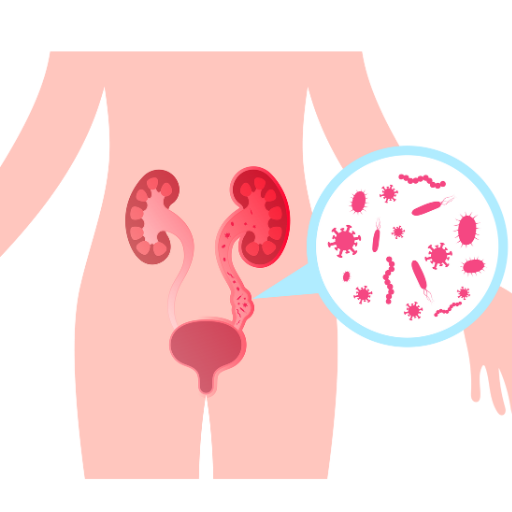About Profit Margin Calculator
What is the profit margin?
Profit margin measures how much profit a company makes for each dollar of sales, reflecting the business’s financial health. It shows the percentage of revenue that a business retains as profit after costs. For example, a 60% profit margin means that for every dollar of revenue, the business keeps $0.60 as profit. Profit margins are typically shown as percentages and can be either positive or negative. Even with negative margins, some companies may continue operating, but the ultimate goal is to maximise profits by reducing costs or increasing revenue.
How to calculate profit margin?
The gross profit margin is the simplest and most common indicator of profitability. If your business generates $100 in revenue and the cost to produce your product is $10, the gross profit margin is straightforward to calculate. The cost of goods sold (COGS) includes only the direct costs of production, like wages and materials, excluding overheads and taxes. The formula for net profit margin is:
Net Profit Margin = (Net Income / Revenue) × 100
If you don't have the net income, you can calculate it using:
Net Profit Margin = [(Revenue – COGS – Operating Expenses – Other Expenses – Interest – Taxes) / Revenue] × 100
Profit margin example
Let’s consider a company in the online retail industry that sells custom-printed t-shirts. Their revenue is $700,000, with COGS of $200,000 and operating costs of $400,000. The net earnings would be:
- Revenue: $700,000
- COGS: $200,000
- Operating expenses: $400,000
- Net profit: $100,000
The gross profit margin is $500,000 divided by $700,000, which equals 71.4%. The net profit margin is $100,000 divided by $700,000, equating to 14.3%.
Types of profit margin
Net profit margin is the amount left after covering all expenses, reflecting the business's overall profitability. Gross profit margin shows how efficiently a business produces and sells goods by subtracting the COGS from total revenue. Pretax profit margin, or earnings before tax, adjusts operating income for non-recurring items and divides the result by revenue. Each type of margin helps compare residual profit to sales. For instance, if a company has a 42% gross margin, it spends $58 on production costs for every $100 in revenue, leaving $42 in gross profit.
Operating profit margin, also known as earnings before interest and taxes (EBIT), is derived by subtracting operating expenses from gross profit. This margin reflects how much profit a company makes from its primary operations, useful for determining the company's valuation in acquisition talks.
What is a good profit margin?
A 10% net profit margin is generally considered standard, while 20% is high and 5% is low. However, margins vary by industry. For example, gross profit margins between 50% and 70% are healthy for many businesses, like restaurants and manufacturers. Service-oriented industries, such as law firms or technology companies, typically have higher margins, often above 90%, as their production costs are much lower than those of product-based businesses.
In contrast, industries like retail or fast food might have gross margins ranging from 3% to 40%. It's important to understand that benchmarks for profit margins differ significantly depending on the nature of the business.
How to increase profit margin?
There are two main ways to boost your profit margin: either reduce costs or increase revenue without raising expenses. Many businesses focus on increasing sales, but raising profit margins can also enhance overall profitability. By improving your margins, you can extract more profit from each dollar of revenue, leading to better financial performance.






